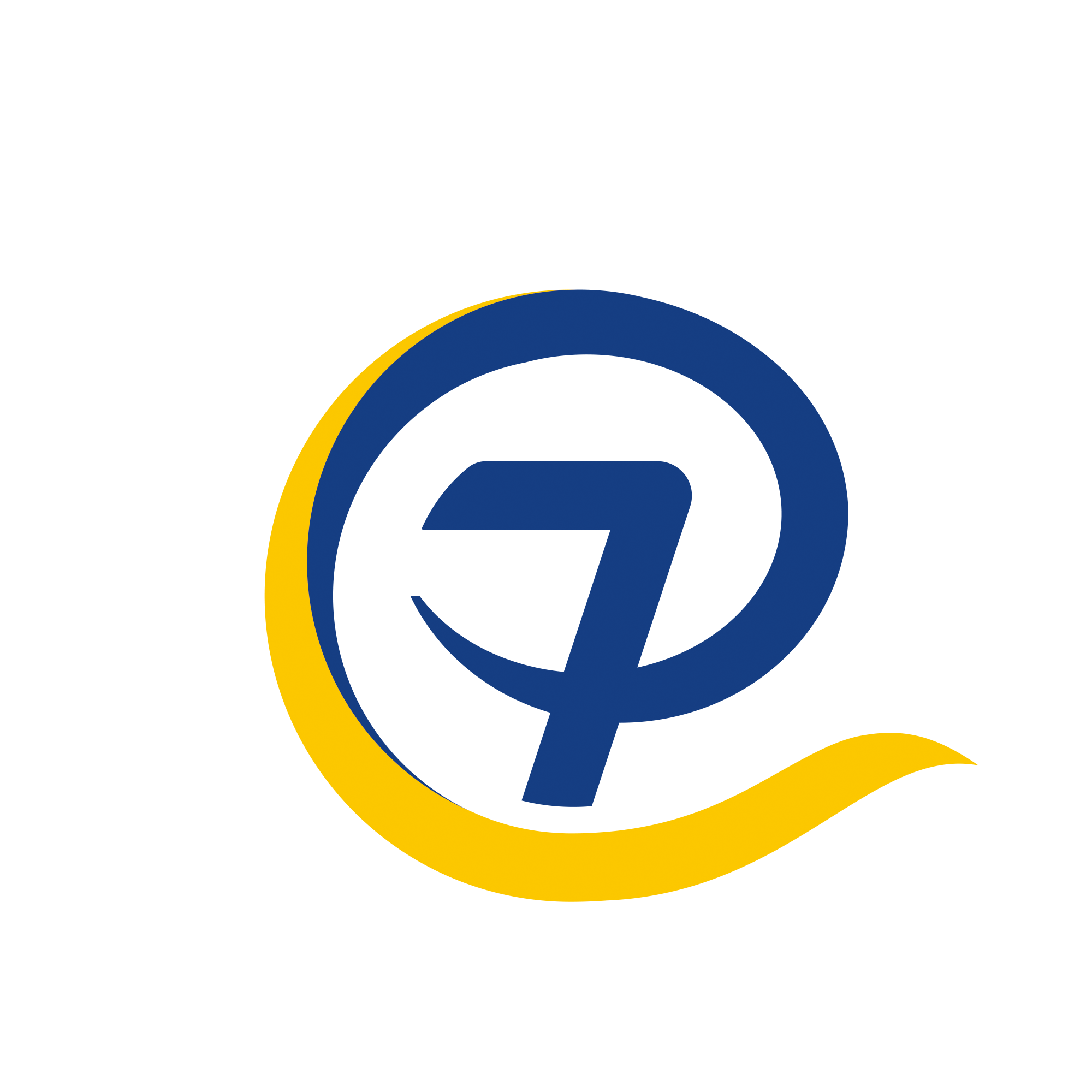
In the early days of SEO, everything was related to “reverse link“. Although there is a lot of evidence that reverse links are still valuable, you may ignore another search engine optimization strategy.
Part 01
Reverse links and internal links
In the early stage of search engine, reverse links became an important part of search engine optimization strategy, so that Google was originally actually called “backrub“, which refers to the idea that page quality can be judged by numbers. Establishing reverse links can be a key part of any SEO strategy.
In fact, the establishment of internal links also has significant advantages
This is largely driven by the similar concept of external reverse links, which are the ability to “pass” the ranking ability from one end to the other. In addition, internal links can also help search engine spiders better “crawl” your website, understand your website structure, and help sending keyword signals to search engines.
Part 02
Internal links in Shopify topics
While reverse linking is still a valuable strategy, you should also explore and implement a comprehensive internal link strategy in the Shopify store.As the name suggests, an internal link refers to a page on your website linking to another page on your website (in this case, we define “website” as a single Shopify store on the domain name or my shopify.com sub domain).
Internal links take many forms: from main navigation, large menu links and footer links, as well as links in collections and product descriptions, blog posts and other pages. The link itself contains three different parts: anchor text, title text, and URL
Part 03
Shopify navigation link
The links in the main navigation of the website are assumed to link to other pages of the store. These links are regarded as internal links. When building a menu using the built-in Shopify navigation tool, you can use some of the following strategies to edit the display text of each item in the menu:
In navigation, you need to ensure that menu items accurately and clearly describe the content of their links. In general, a good rule of thumb is that users should be able to quickly know the expected results when clicking a menu item. From the perspective of internal SEO and user experience, it is worth considering that you may want to consider adding an additional word or two alternative names or synonyms to the link name.
Be careful not to overuse the strategy, especially in the main title navigation of the website, because many words will produce a chaotic appearance, which makes it difficult to scan quickly.
That means, footer links may be a good opportunity to place an auxiliary navigation menu that uses names other than policies, contacts, and other “utility” pages.
Part 04
In content links in Shopify store
In addition to the navigation menu, a great opportunity that is often not realized is to include links in the text of collections and product descriptions, as well as blog posts and other page content:
When writing a blog post that mentions a specific product or collection, consider linking the appropriate anchor text in the post to the corresponding page. This not only makes it easier for readers to shop and browse products, but also a good way to use internal links to optimize specific pages.
In the product description, it is also a good strategy to link keywords to other related products or series in the store. This is not only a good way to enhance the internal link structure, but also help encourage shoppers to explore and interact with your store, and find more suitable alternatives.
Collection descriptions can also be used to include links with key anchor text in the copy. This is a good way to point users to different collections that may contain related or alternative products and create more internal links. Blog posts can also be linked from product and collection descriptions.
It is also worth noting that many Shopify topics can automatically add lists of collection names, labels, suppliers and product types. These lists are also regarded as internal links, which can encourage users to browse your website more deeply.
In addition to the obvious pages, you can use some “hidden” internal link structures.
When establishing any type of link for SEO purposes, you should also avoid the concept called “filling”.In general, there may be a good boundary between “smart” SEO strategy and filling, but a good rule of thumb is to consider whether the internal links to be added are relevant and useful for search engines and human users.










